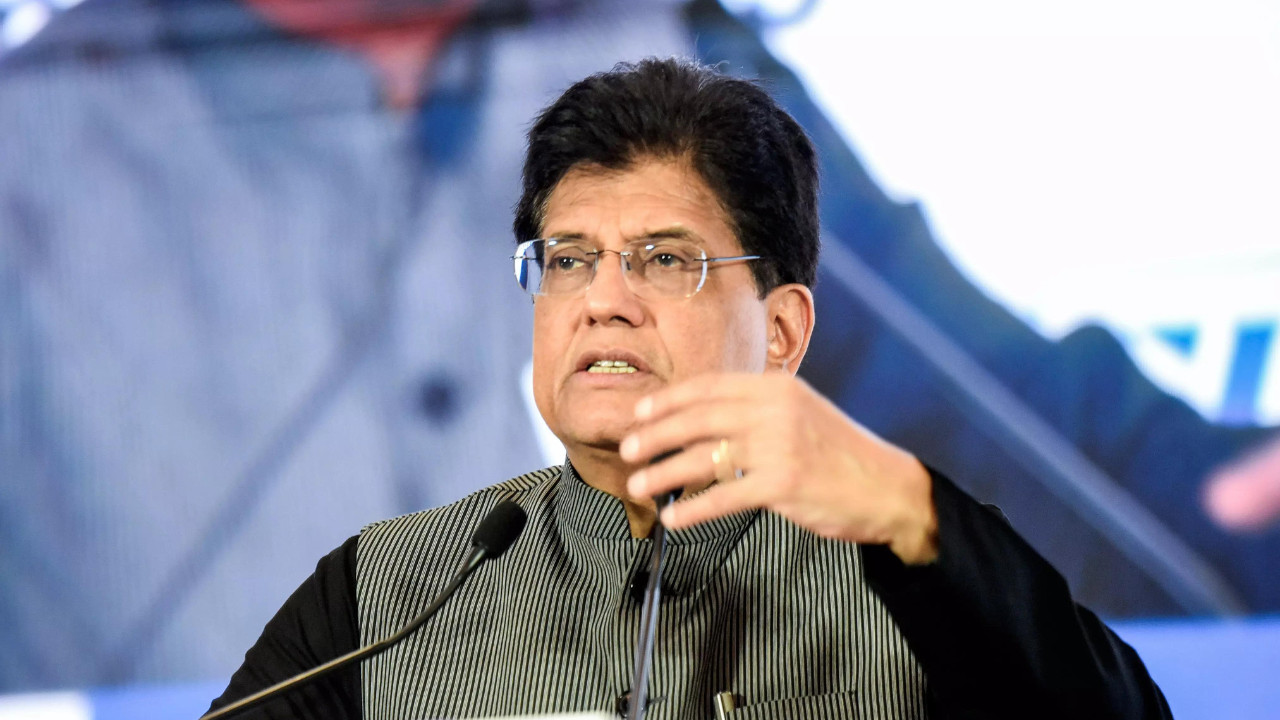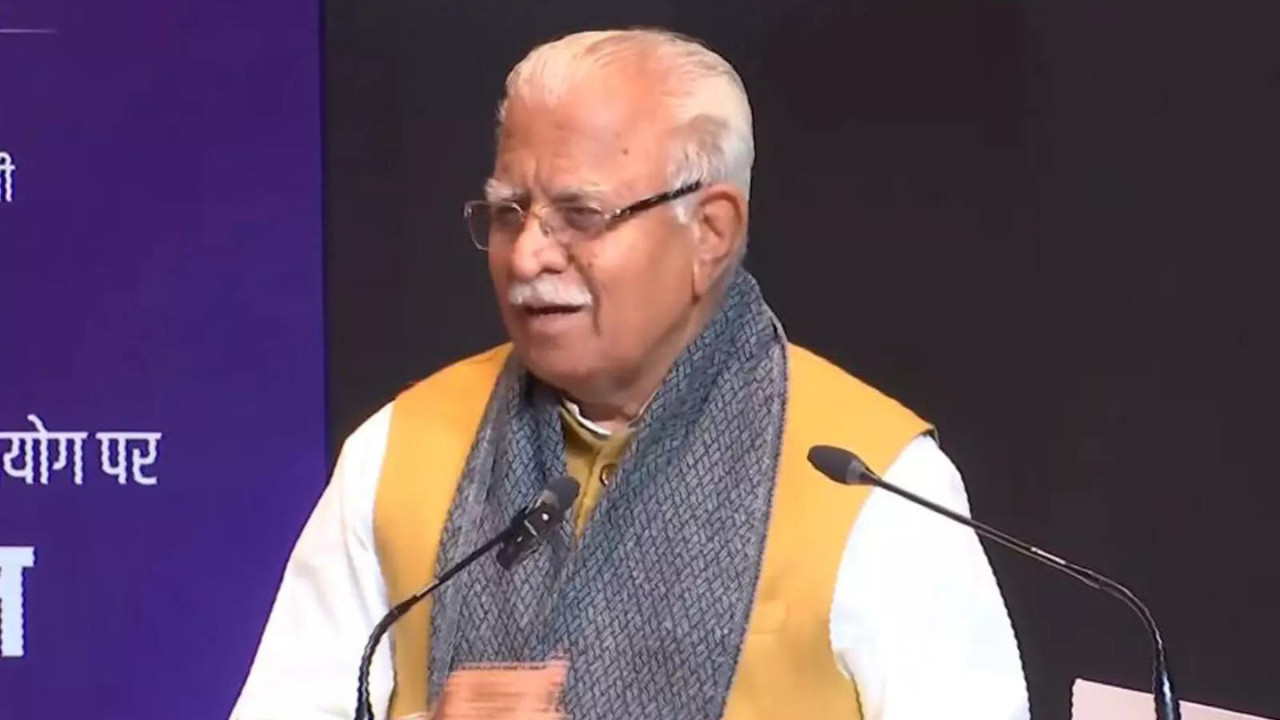Foreign institutional investors have withdrawn over Rs 27,000 crore from Indian equities amid weak earnings, Trump’s tariffs, and a weakening Rupee. Investor sentiment has been dented, with FIIs building record bearish positions in the futures market. While some anticipate a rebound with potential Fed rate cuts, the market’s trajectory hinges on the interplay between foreign selling and domestic buying.
Are Foreign Investors Losing Faith in the Indian Market?
The Indian stock market has been a rollercoaster lately, leaving many investors feeling queasy. While domestic investors have largely remained steadfast, a significant outflow of funds from Foreign Institutional Investors (FIIs) has raised eyebrows and sparked concerns about the market’s short-term trajectory. A recent nine-day period saw a staggering withdrawal of ₹27,000 crore by FIIs, painting a concerning picture of shifting investor sentiment. What’s driving this exodus, and what does it mean for the Indian economy?
The Trump Tariff Tango and a Wobbly Rupee
Several factors seem to be conspiring to create this less-than-ideal scenario. One major contributor is the uncertainty surrounding global trade, particularly the potential for increased tariffs under a possible Trump administration. Memories of the trade wars that defined his previous term are still fresh, and the mere possibility of a resurgence of protectionist policies is enough to make investors jittery. No one wants to be caught off guard if tariffs start flying.
Coupled with global anxieties, the Indian rupee’s recent weakness is adding fuel to the fire. A depreciating rupee erodes the returns for foreign investors when they convert their investments back into their home currency. This makes Indian assets less attractive, incentivizing them to seek more stable and potentially higher-yielding opportunities elsewhere. A weaker rupee and potential tariffs make a nasty combination for anyone betting on the Indian market.
Record Short Positions: A Sign of Deepening Pessimism?
Adding to the unease, data reveals that FIIs are holding record-high short positions in the Indian market. In simple terms, they are betting that the market will decline. This bearish stance suggests a deep-seated pessimism about the near-term prospects of Indian equities. It indicates that these investors not only want to take their money out but also profit from a potential downturn.
<img src="image.jpg" alt="Illustration of a graph showing a downward trend representing the decrease in FII investments and the influence of Trump Tariffs on the Indian market.” width=”600″ height=”400″>
It’s worth noting that short positions aren’t solely based on negative sentiment. Hedging strategies also play a part. FIIs might take on short positions to protect existing investments from potential losses. However, the sheer volume of these short positions cannot be ignored and suggests a strong expectation of market decline.
Broader Implications for the Indian Economy
While the FII outflow is undoubtedly concerning, it’s crucial to maintain perspective. The Indian economy has demonstrated resilience in the past, and domestic institutional investors (DIIs) and retail investors are increasingly playing a vital role in stabilizing the market. DIIs, including mutual funds and insurance companies, have often stepped in to cushion the impact of FII selling.
Furthermore, the long-term growth story of India remains compelling. The country’s demographic advantage, growing middle class, and ongoing reforms continue to attract long-term investors. However, sustained FII outflows could put pressure on the rupee, potentially leading to imported inflation and a tightening of monetary policy. This could dampen economic growth in the short term.
It’s also important to consider the impact on specific sectors. Sectors heavily reliant on foreign investment, such as infrastructure and real estate, could be particularly vulnerable to a prolonged period of FII outflows. The government and regulators need to be vigilant and proactive in addressing the concerns of foreign investors and ensuring the stability and attractiveness of the Indian market.
Navigating the Uncertainty: A Call for Calm and Prudence
The current situation calls for a measured response. Overreacting to short-term market fluctuations is rarely a sound strategy. Instead, investors should focus on the fundamentals of the Indian economy and the long-term growth potential of Indian companies. Are earnings growing? Is innovation occurring? Look at things like PE ratios and real growth when considering investments.
Trump tariffs, the fluctuating rupee, and heightened volatility necessitate a cautious approach. Diversifying investment portfolios and considering alternative asset classes could help mitigate risk. For further reading, check out our analysis on [Emerging Market Investment Strategies](internal-link).
The recent FII outflow serves as a wake-up call, highlighting the vulnerability of the Indian market to global economic and political factors. Addressing these vulnerabilities through sound economic policies and proactive communication with foreign investors is crucial for ensuring the long-term stability and prosperity of the Indian economy. By remaining vigilant, adaptable, and focused on long-term fundamentals, investors can navigate the current uncertainty and continue to benefit from the immense potential of the Indian market.







